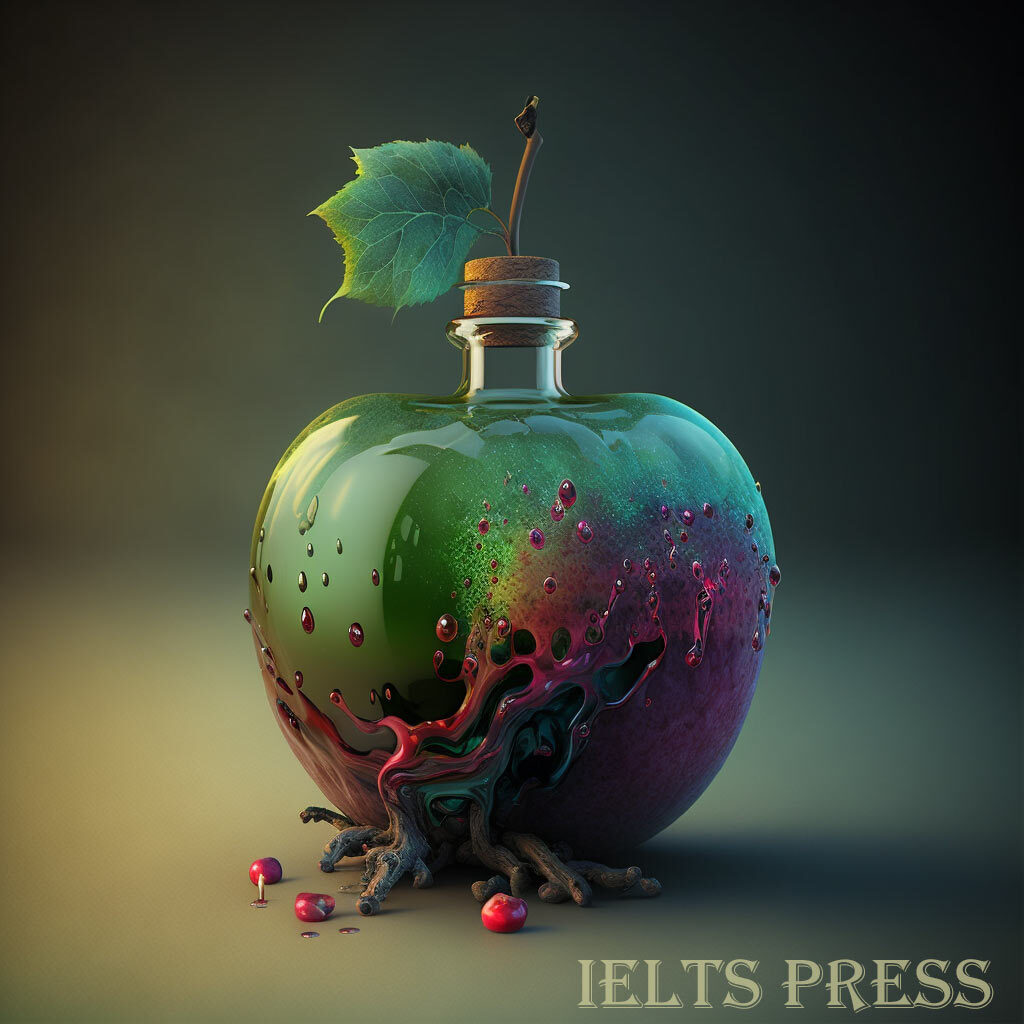- A Poisonous Plant
IELTS Cue Card Speaking Part 2 with Sample Answer:

Describe a poisonous plant you know about.
You should say:
- what plant it is
- where this plant could be found
- advantages and disadvantages of this plant
and explain how you know about this plant.
Sample Answer, C1 English Level, Advanced, Band Score 6.5-7.5
One fascinating yet potentially dangerous plant that I am familiar with is the Deadly Nightshade, scientifically known as Atropa belladonna. This plant can be found in various regions across Europe, including parts of the United Kingdom.
The Deadly Nightshade possesses both advantages and disadvantages. On the positive side, certain compounds found in this plant have medicinal properties and have been traditionally used for their sedative and pain-relieving effects. In controlled and appropriate doses, these compounds can be utilized for therapeutic purposes. Additionally, the plant’s distinctive bell-shaped purple flowers make it an aesthetically pleasing addition to gardens and natural landscapes.
However, it is crucial to acknowledge the significant disadvantages and risks associated with the Deadly Nightshade. The plant contains toxic substances, particularly in its leaves, berries, and roots. Ingesting even small quantities of these parts can lead to severe poisoning, which can result in symptoms such as dilated pupils, dry mouth, blurred vision, and in extreme cases, cardiac and respiratory problems. Due to its poisonous nature, the Deadly Nightshade should be handled with extreme caution, especially in households with children or pets.
My knowledge about the Deadly Nightshade stems from a combination of sources. I have encountered information about this plant through my academic studies and personal research on flora and fauna. Additionally, I have come across warnings and precautions regarding its toxicity in gardening books and online resources. While I have not had direct personal experience with the Deadly Nightshade, I have familiarized myself with its characteristics and potential dangers through reliable sources and educational materials.
In conclusion, the Deadly Nightshade is a captivating plant with notable advantages and disadvantages. Its medicinal properties and striking appearance make it intriguing, but its toxicity presents significant risks. As with any poisonous plant, it is essential to exercise caution and seek accurate information to ensure one’s safety and the well-being of others.
One interesting and potentially harmful plant that I am familiar with is called Deadly Nightshade, scientifically known as Atropa belladonna. This plant can be found in different parts of Europe, including some areas in the United Kingdom.
The Deadly Nightshade has both advantages and disadvantages. On the positive side, certain compounds in the plant have medicinal properties and have been traditionally used for their calming and pain-relieving effects. In small and controlled doses, these compounds can be used for therapeutic purposes. Moreover, the plant’s beautiful purple bell-shaped flowers make it visually appealing in gardens and natural surroundings.
However, it is important to be aware of the significant disadvantages and risks associated with the Deadly Nightshade. The plant contains toxic substances, especially in its leaves, berries, and roots. Ingesting even a small amount of these parts can lead to severe poisoning, causing symptoms like enlarged pupils, dry mouth, blurred vision, and in extreme cases, heart and breathing problems. Therefore, handling the Deadly Nightshade requires great care, particularly in households with children or pets.
My knowledge about the Deadly Nightshade comes from various sources. I have learned about this plant through my academic studies and personal research on plants and animals. I have also come across warnings and precautions regarding its toxicity in gardening books and online resources. Although I have not had direct personal experience with the Deadly Nightshade, I have gained knowledge about its characteristics and potential dangers through reliable sources and educational materials.
In summary, the Deadly Nightshade is an intriguing plant with both positive and negative aspects. Its medicinal properties and attractive appearance make it interesting, but its toxicity poses significant risks. Like with any poisonous plant, it is crucial to be cautious and seek reliable information to ensure personal safety and the safety of others.
One captivating and potentially perilous plant that I possess knowledge of is the Deadly Nightshade, scientifically known as Atropa belladonna. This botanical specimen can be found flourishing in various regions across Europe, including select areas within the United Kingdom.
The Deadly Nightshade possesses a dual nature, with advantageous and disadvantageous attributes. On one hand, certain compounds inherent to this plant exhibit medicinal properties and have been traditionally employed for their sedative and analgesic effects. In controlled and judicious quantities, these compounds can be harnessed for therapeutic applications. Additionally, the plant’s resplendent bell-shaped purple blooms render it visually appealing, contributing to its allure within horticultural and natural settings.
Nevertheless, it is vital to acknowledge the consequential downsides and hazards associated with the Deadly Nightshade. The plant harbours toxic substances, predominantly concentrated in its leaves, berries, and roots. Ingestion, even of minuscule amounts of these components, can result in severe poisoning, evoking symptoms encompassing dilated pupils, xerostomia, visual impairment, and in extreme cases, cardiac and respiratory complications. Thus, handling the Deadly Nightshade warrants utmost care, particularly within households accommodating children or domesticated animals.
My acquaintance with the Deadly Nightshade is derived from a diverse array of sources. I have acquired knowledge regarding this botanical entity through academic pursuits and personal endeavours in researching flora and fauna. Additionally, I have encountered informative advisories and precautions pertaining to its toxicity in gardening literature and online reservoirs. While my direct personal experience with the Deadly Nightshade may be absent, I have diligently acquainted myself with its distinctive characteristics and potential perils through reliable outlets and educational conduits.
In essence, the Deadly Nightshade is an enthralling plant with noteworthy merits and drawbacks. Its therapeutic attributes and aesthetic allure are undeniably captivating, yet its toxic nature engenders substantial risks. As is incumbent with any poisonous botanical specimen, exercising prudence and procuring accurate information are imperative to ensure personal safety and safeguard the well-being of others.

